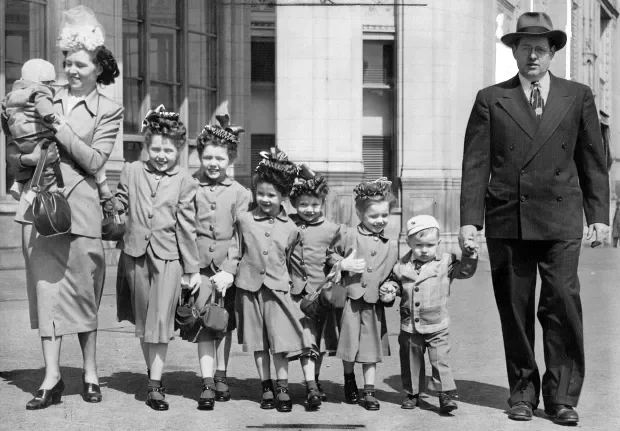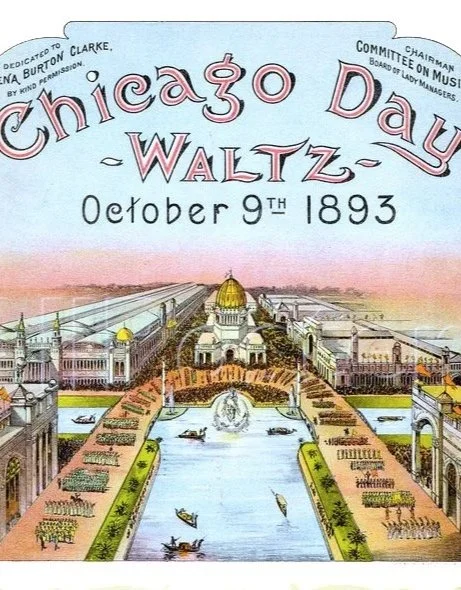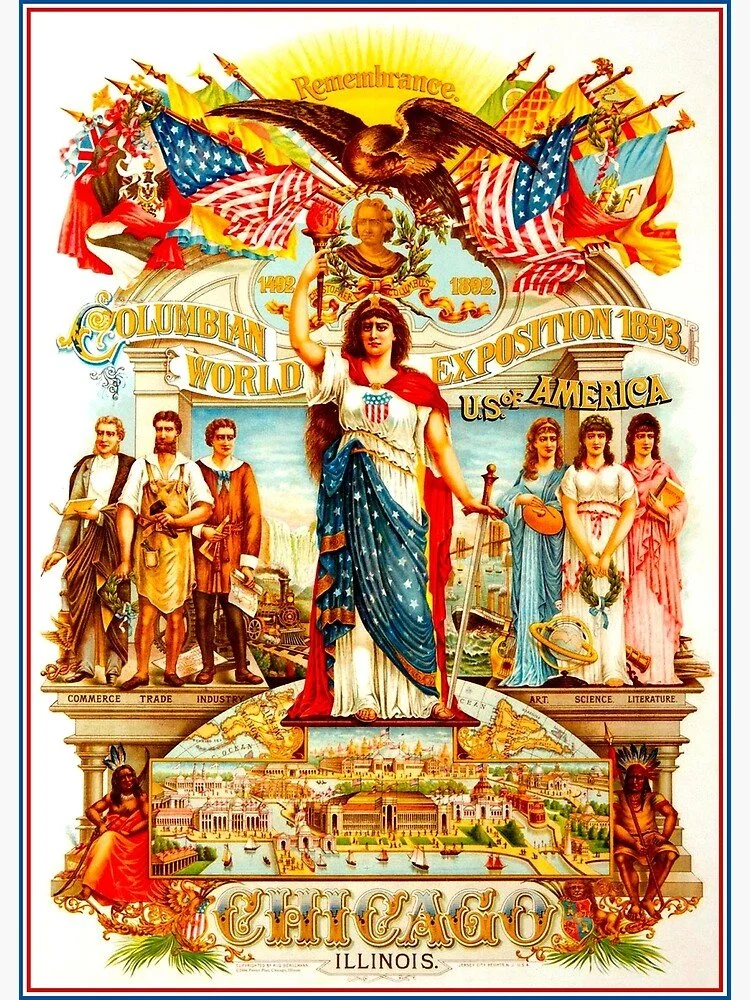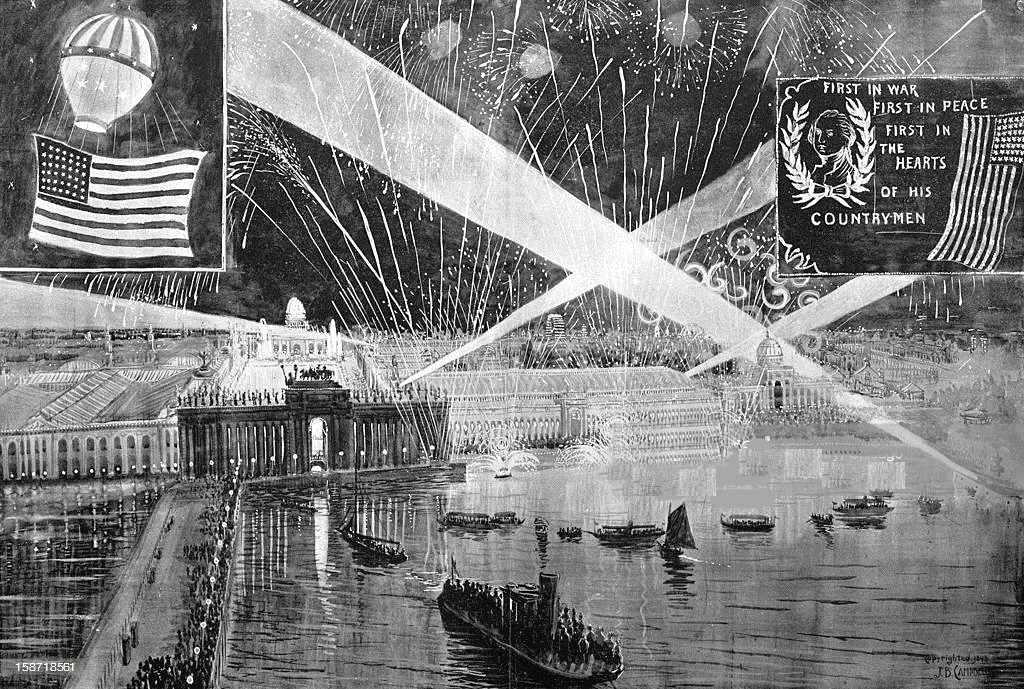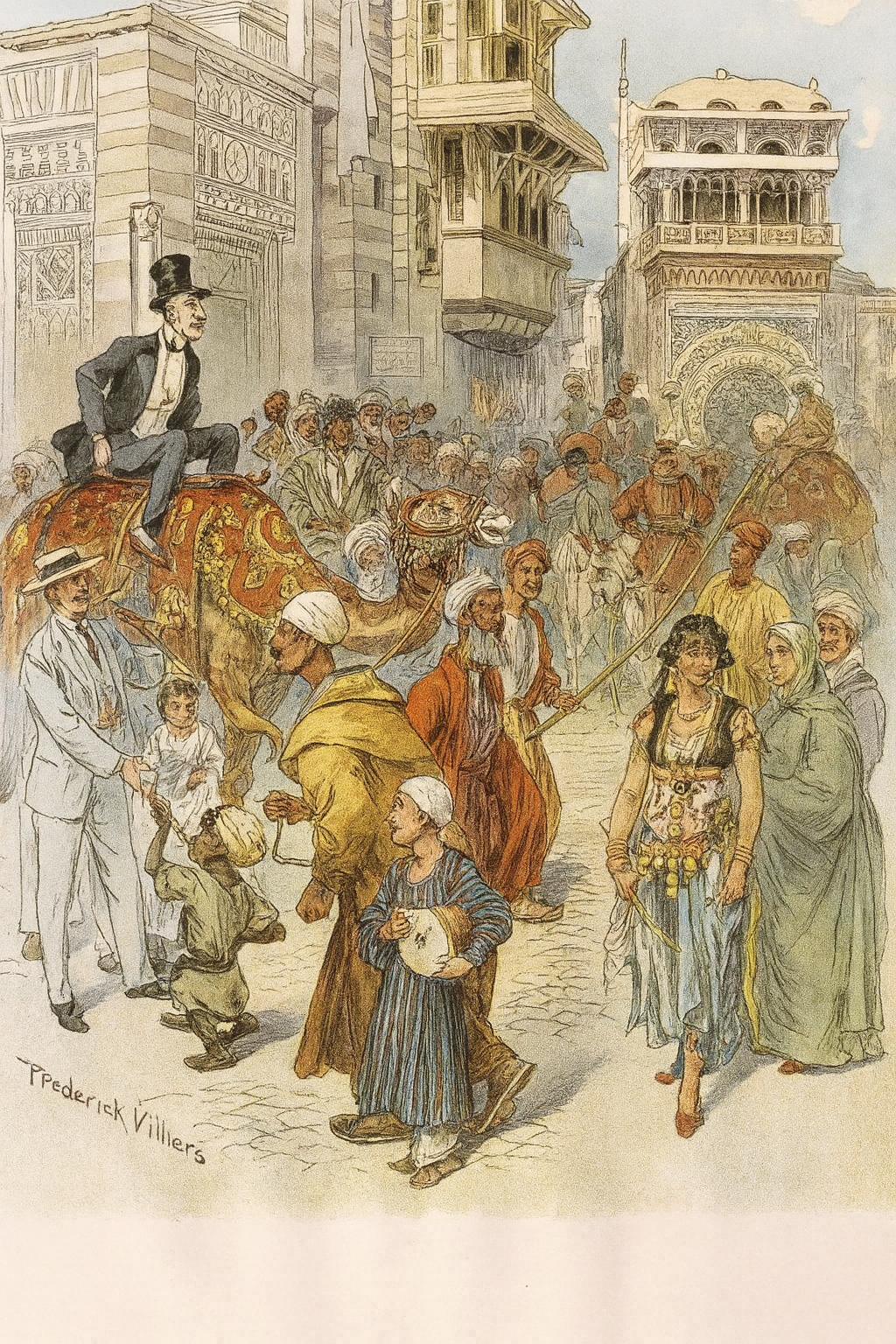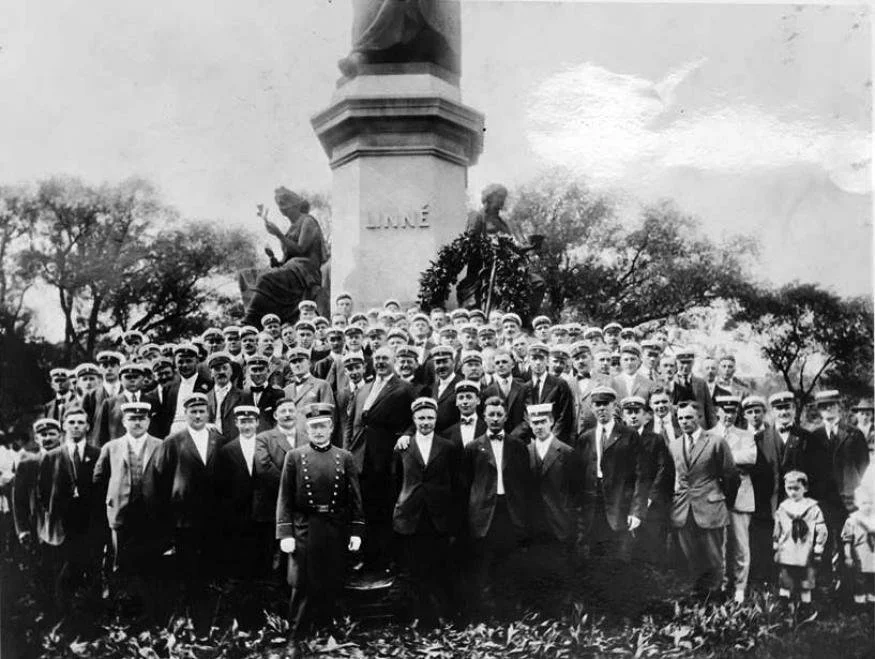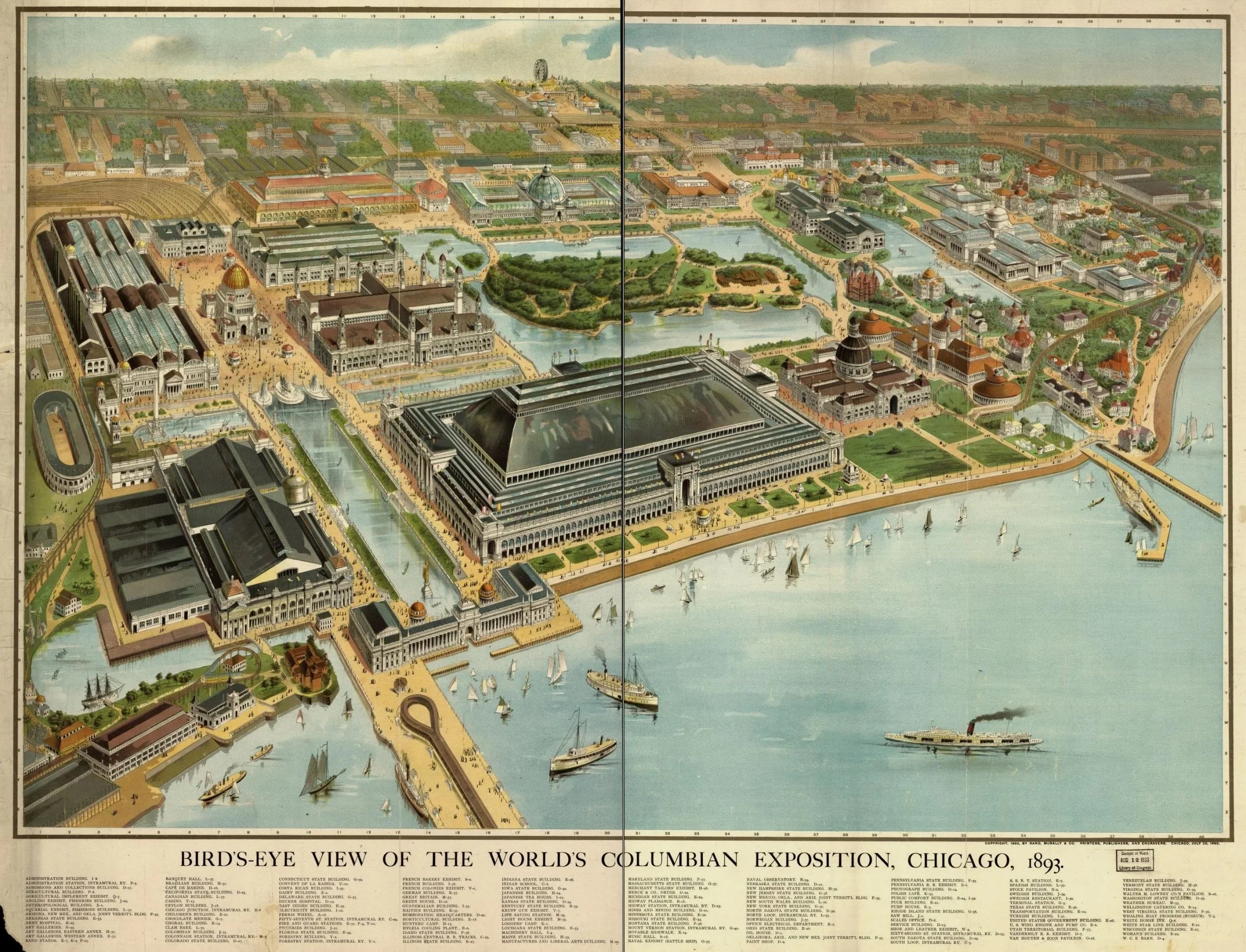
WELCOME TO THE CHICAGO WORLD'S FAIR..
WELCOME TO THE CHICAGO WORLD'S FAIR..
Holidays during the Gilded Age
During this time period, many different traditions were formed in the United States. Celebrating holidays became more popular and common. Some holidays, like Christmas, Easter, and Hanukkah were based on religions, while others, including the 4th of July and Chicago Day were to celebrate nationalism and different communities.

Christmas
The Christmas traditions we know as common today, had just been introduced to the United States, and were brought by the Germans. In the German Pavillion of the Manufactures and Liberal Arts Building, there were toys and dolls from Sonneberg, Germany, along with a Christmas tree. The exhibit was wildly popular and led to similar toys being produced in the U.S.

Jewish Historical Pageant
Jewish Influence
The Parliament of Religions at the Chicago World’s Fair was a meeting of many different world religions, including Jewish, Christian, Hindu, Muslim, and Buddhist leaders. During the Fair, thousands of people heard these speakers, which caused the religions to begin diffusing throughout the country. The Parliament led to Christianity and Judaism being recognized as the main religions in the U.S.
Easter & Springtime
Although there was no Easter exhibit at the Chicago World Fair, many celebrated the holiday with customs brought from other countries. Women wore Easter bonnets, people ate Easter foods such as lamb, and hid Easter eggs. Some of the Easter egg designs came from Fabergé eggs created for the Russian elite. The tradition of the Easter bunny was carried over through Northern European immigrants. Many of these immigrants attended the fair and spread their native customs throughout the nation.
Chicago Day
October 9, 1893, was “Chicago Day” at the Fair to honor the city. It was the anniversary of the Great Chicago Fire, which occurred in 1871. The fire devastated the entire city, and “Chicago Day” celebrated the rebuilding and resilience of the city. The Illinois governor and Chicago mayor gave speeches; there were parades, fireworks, and concerts. Hundreds of thousands of people attended the celebrations and it was the busiest day of the entire Fair.
4th of July
The 4th of July, dubbed “United States Day”, was celebrated by around 200,000 people at the Fair, which had the most attendees for any holiday celebrated at the fair. There was an hour-long fireworks display, known as the Great Illumination. The show of the fireworks and other newer, electronic light displays shared a look of both modern technology and new traditions that still occur today.
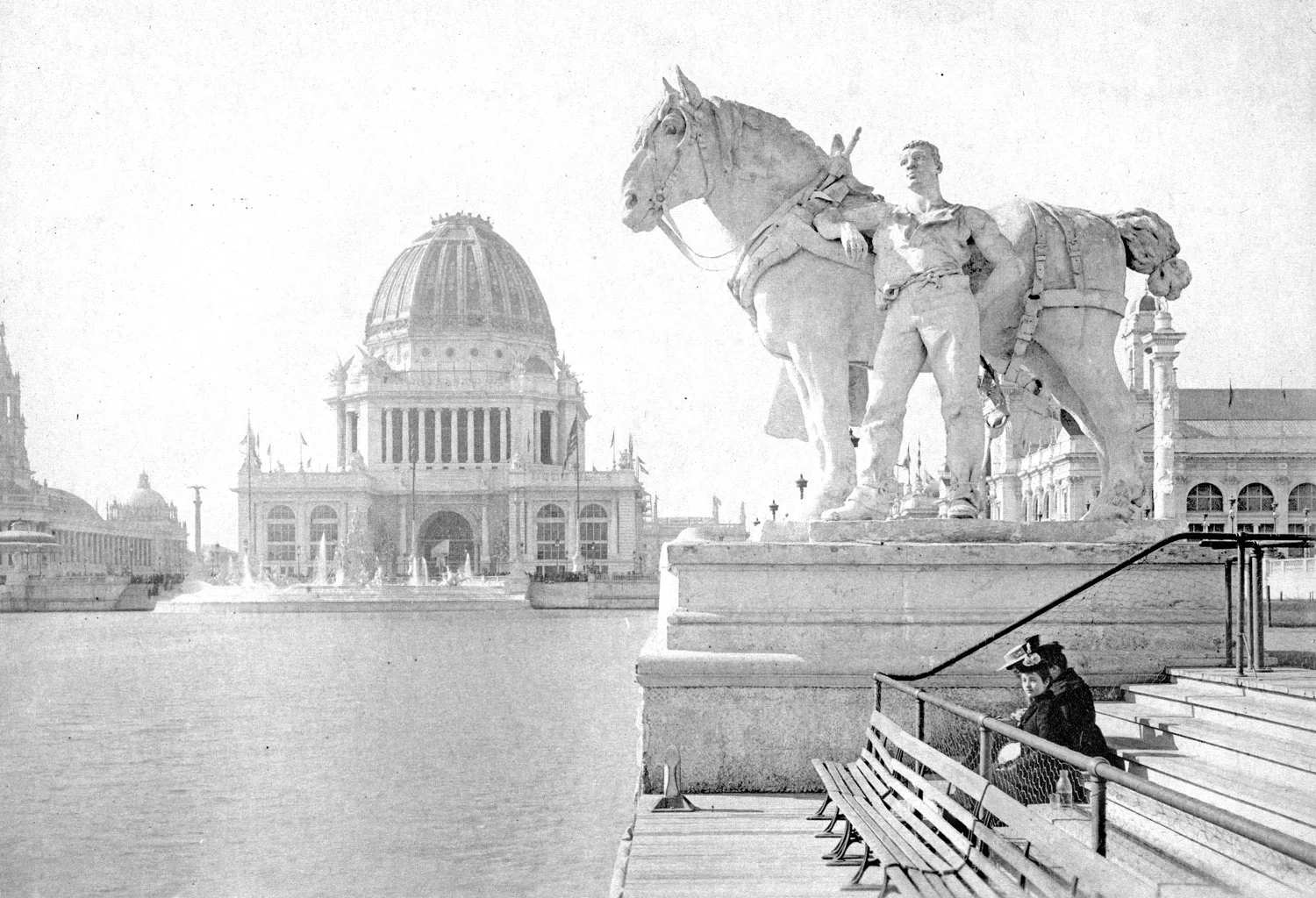
Connections to the Gilded Age
The Middle Class:
A new middle class developed during the Gilded Age, as corporations needed clerical workers and education levels increased. These people also had more leisure time, which led to the growth of consumer culture. As the middle class gained extra spending money, they became consumers and bought decor and items for holidays like Christmas trees, ornaments, and more. The middle class at the time were white collar workers and not manual laborers. They lived in suburban areas and often owned houses, so they had room for holiday decorations, unlike the poor living in crowded tenements in urban centers and cities. As the middle class participated in more of these holidays, new and foreign traditions became Americanized and were adapted to fit the United States’ unique culture.
Immigration
Immigrants from eastern and southern Europe, as well as Asia, brought many new customs, foods, and celebrations to the 1893 Chicago World’s Fair. They shared traditional dances, clothing, and religious festivals from countries like Italy, Poland, China, and Japan, turning the Fair into a lively display of global culture. Booths and exhibits introduced visitors to new cuisines and art styles, allowing Americans to experience traditions from around the world. These cultural exchanges helped spread immigrant traditions across the country, shaping American holidays, food, and music for generations.



